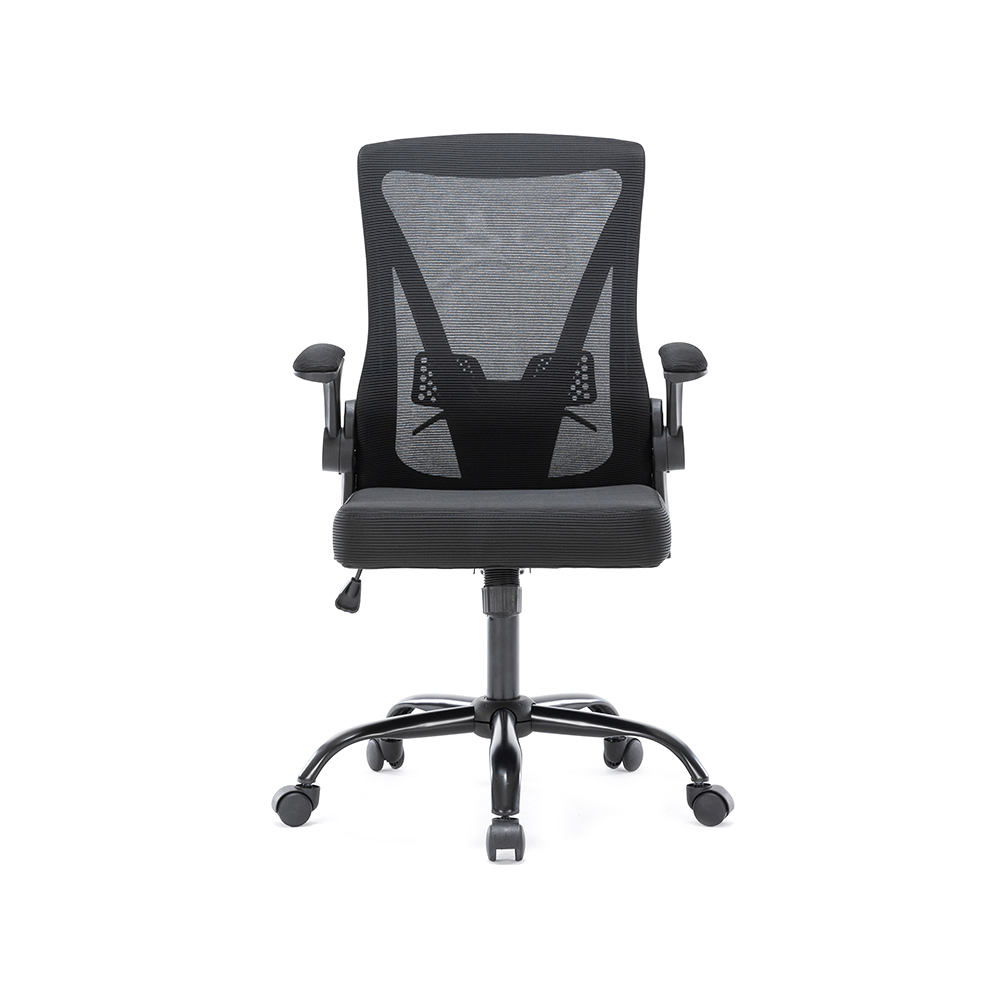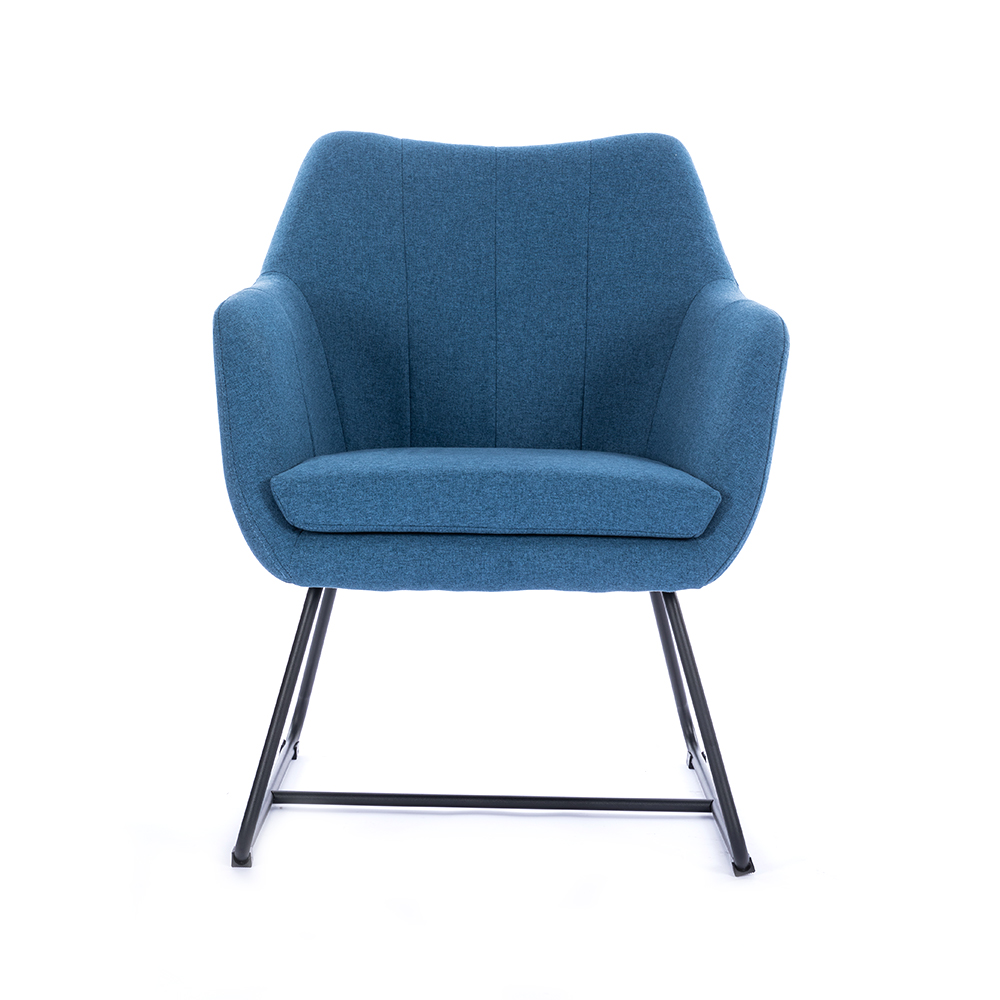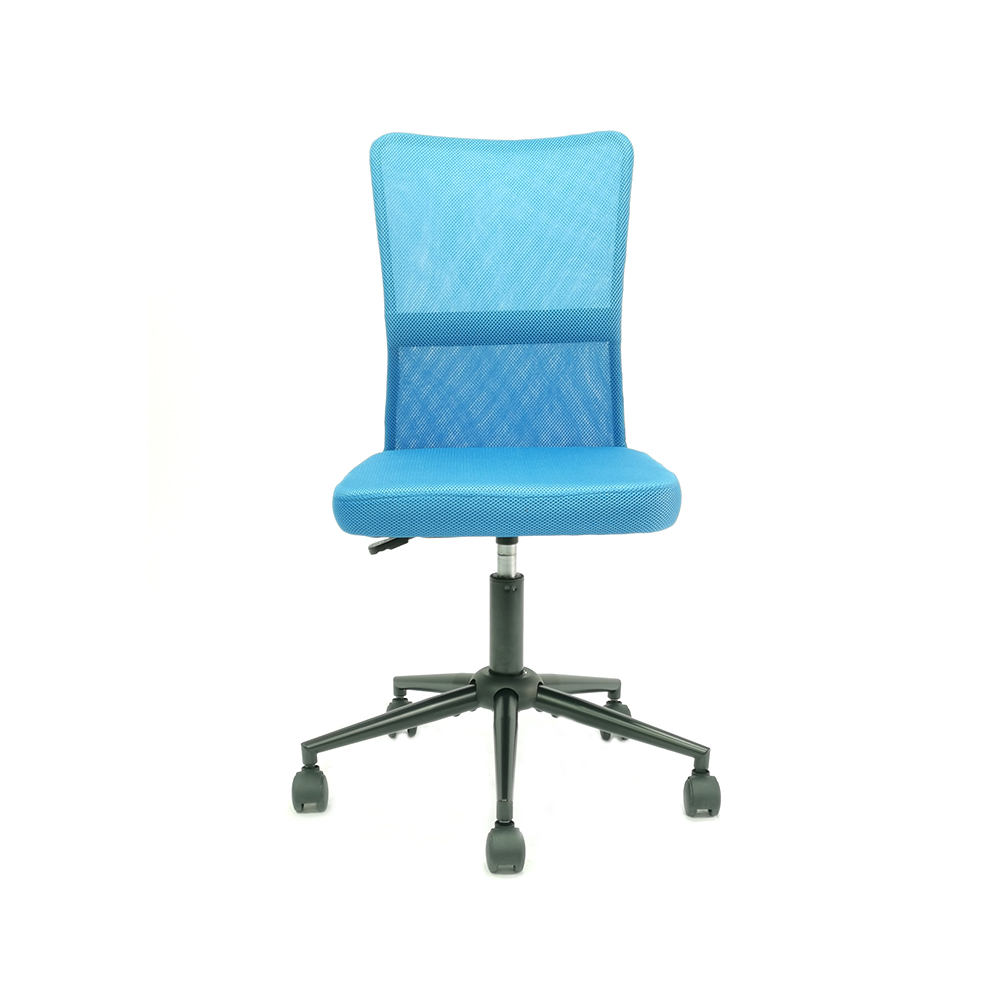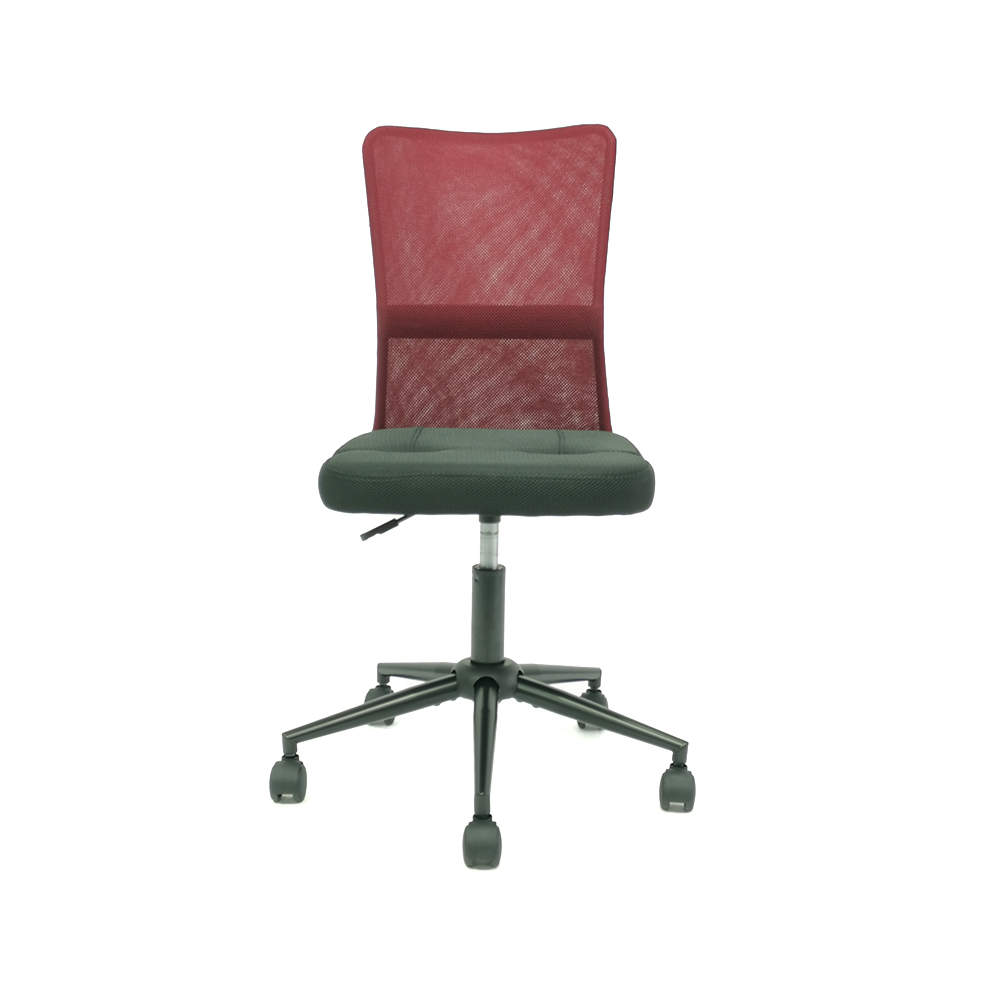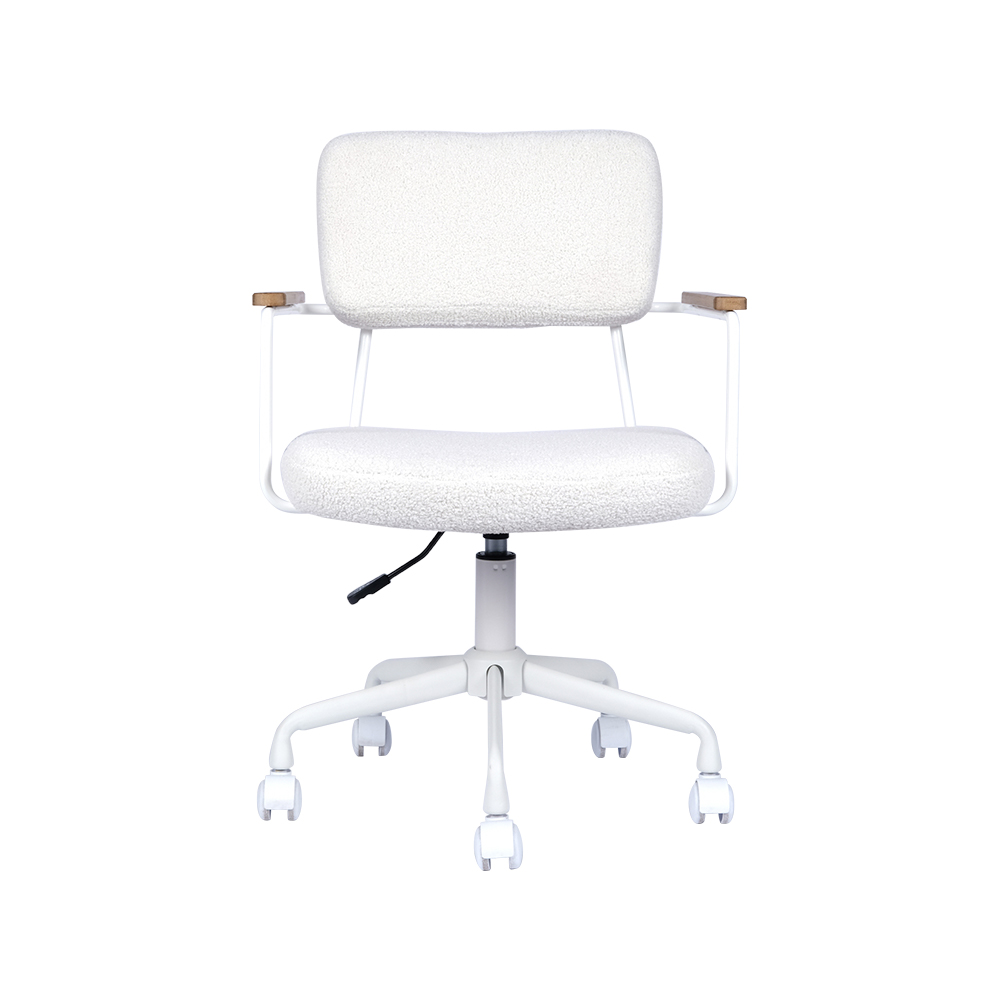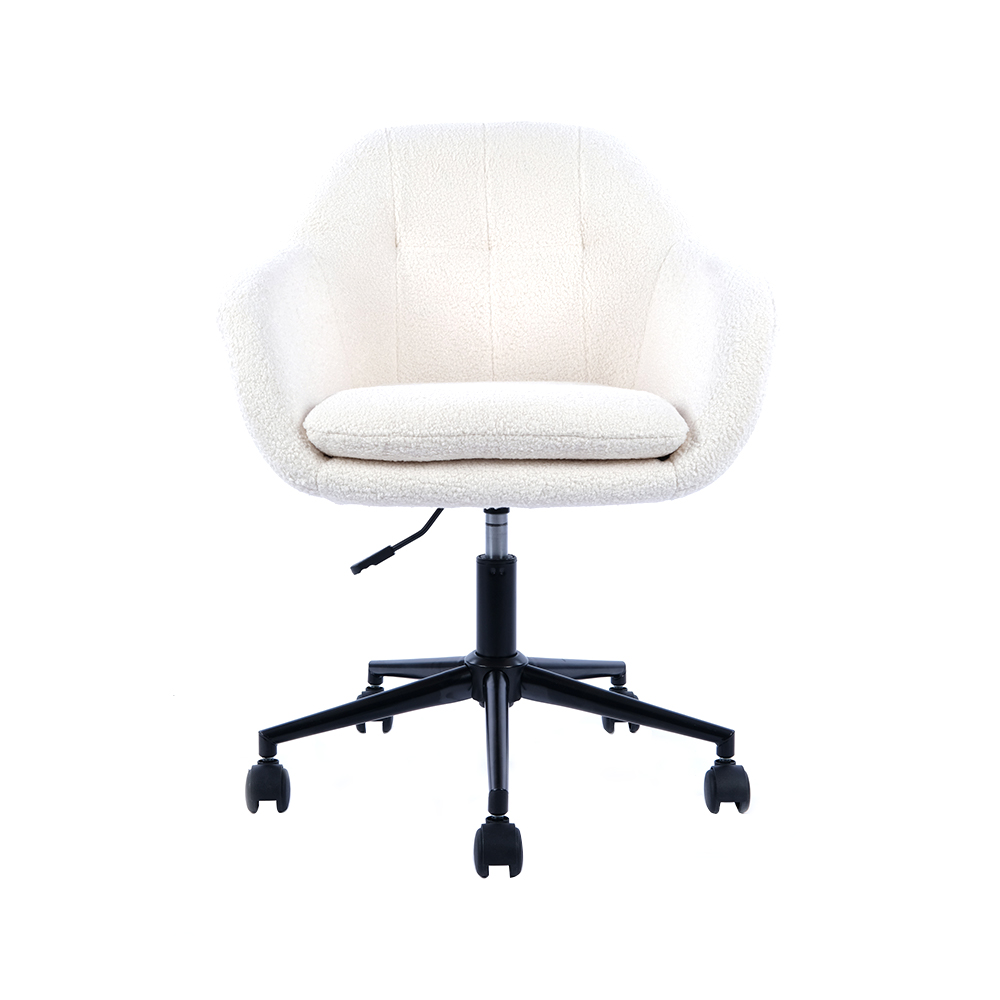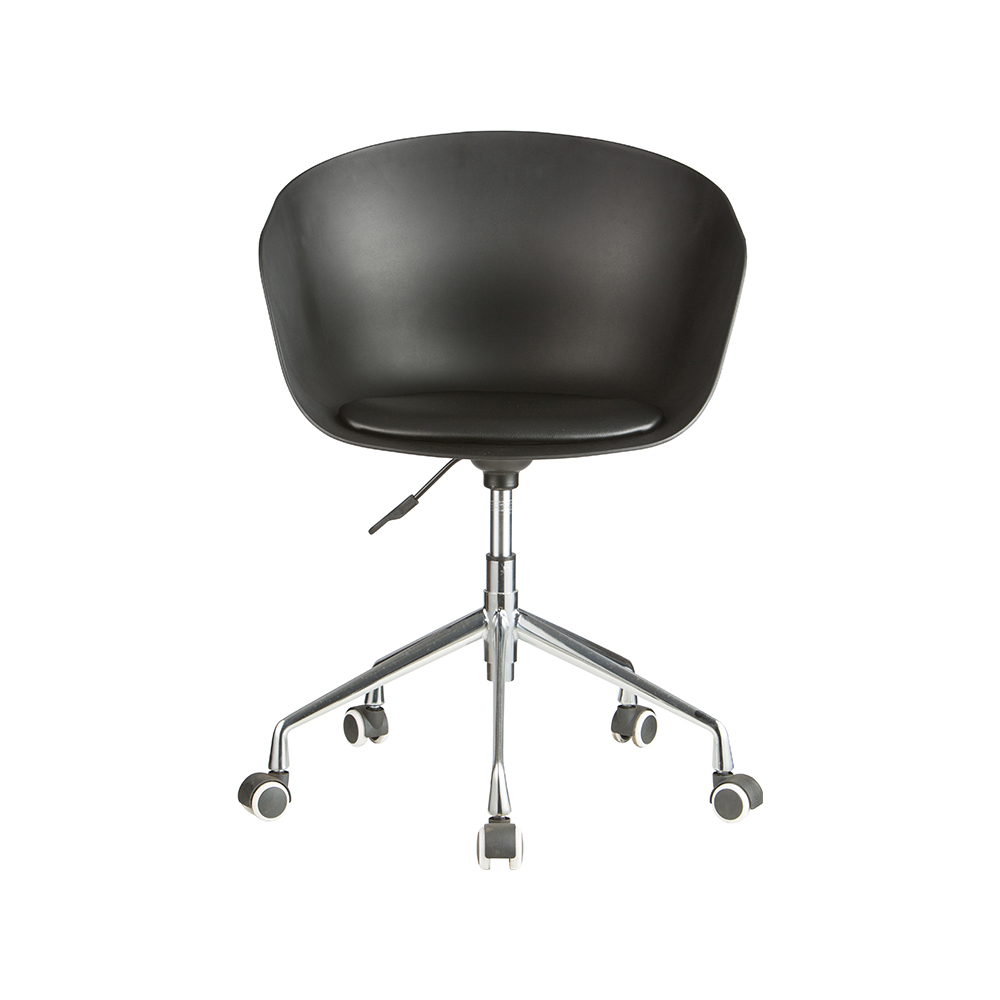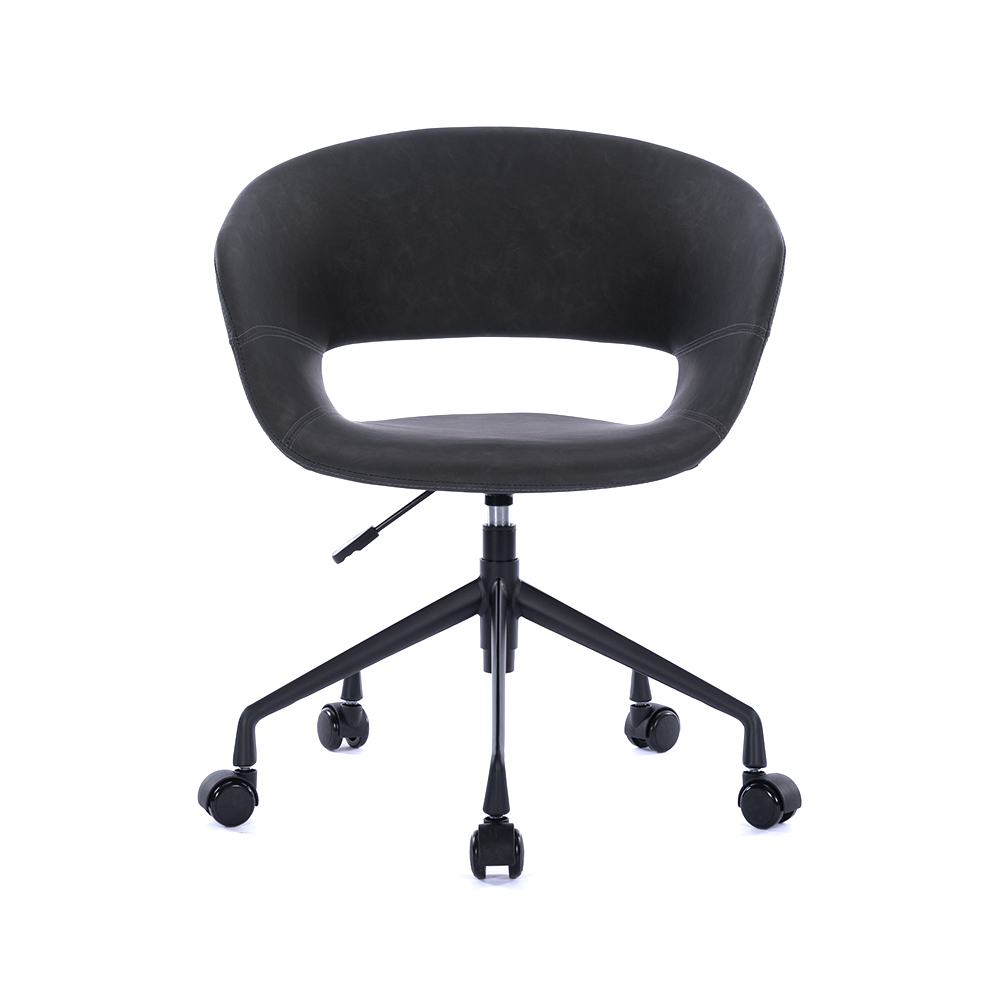+86-0572-5888031
The Ultimate Guide to Adjustable Office Chairs: Finding the Perfect Fit for Your Health
 2025.12.05
2025.12.05
 Industry News
Industry News
If you spend a significant portion of your day seated at a desk, you’ve likely experienced the telltale signs of a poorly supported body: a stiff lower back, sore shoulders, or a nagging neck ache. These aren’t just minor inconveniences; they are symptoms of a workspace that isn’t working for you. The cornerstone of a healthy and productive office setup, whether in a corporate building or a home office, is a truly supportive and fully adjustable office chairs.
Why Adjustability is Non-Negotiable
The human body is not designed for prolonged sitting, especially in static positions. We are built for movement. A fixed chair forces your body to conform to its shape, often creating pressure points and straining muscles as you struggle to find a comfortable posture. An adjustable office chair flips this dynamic. It allows you to customize the chair to your body’s dimensions, promoting a neutral spinal alignment where your joints are stacked, and your muscles are relaxed. This reduces spinal disc pressure, improves circulation, and minimizes the risk of developing chronic pain, all of which contribute to better focus and sustained energy throughout the workday.
Key Adjustments for Optimal Ergonomic Support
Not all “ergonomic” chairs are created equal. True ergonomics come from a suite of adjustments that work in harmony. Here are the critical features to look for and how to use them correctly.
1. Seat Height Adjustment
This is the most fundamental adjustment and the starting point for your setup.
- What it is: A lever, usually on the right side, that allows the entire chair to move up or down.
- How to set it: Sit fully back in your chair. Adjust the height so your feet are flat on the floor with your knees bent at approximately a 90-degree angle. Your thighs should be parallel to the floor, and there should be a two-finger width of space between the edge of the seat and the back of your knees to avoid cutting off circulation.
2. Lumbar Support Adjustment
The lower back, or lumbar spine, has a natural inward curve. Supporting this curve is crucial for preventing back pain.
- What it is: A mechanism that allows you to change the height and depth of the support cushion in the chair’s backrest.
- How to set it: Position the lumbar support so it snugly fits into the curve of your lower back. It should feel like it’s gently pushing your lower back forward, preventing you from slouching. You shouldn’t feel a sharp pressure point; the support should be firm yet comfortable.
3. Seat Depth (Slide)
This often-overlooked feature is vital for users who are particularly tall or have longer or shorter thighs.
- What it is: Allows the seat pan to slide forward or backward.
- How to set it: With your back against the backrest, you should be able to easily slide three fingers between the edge of the seat and the back of your knee. This ensures your weight is fully supported by your thighs without pressure behind the knees.
4. Armrest Adjustments
Armrests are meant to relax your shoulders and neck, not hunch them.
- What to look for: Ideally, armrests should be adjustable in height and width (pivoting inward or outward). Some models also offer depth (forward/back) adjustment.
- How to set them: Adjust the height so your elbows rest lightly on the pads with your shoulders relaxed. Your arms should form an L-shape at the elbow (around 90-110 degrees). They should guide your arms, not force them into a wide or narrow position.
5. Backrest Tilt and Tension
This feature allows you to recline slightly, which is actually healthier for your spine than sitting bolt upright all day.
- What it is: A knob that controls the resistance of the backrest when you lean back.
- How to set it: Adjust the tension so you can recline with minimal effort, but the backrest still supports you and returns you to an upright position smoothly. A good rule is to set it so you can recline at about a 110-degree angle for tasks like reading or thinking, and easily return to 90 degrees for typing.
6. Headrest
While not essential for everyone, a headrest can be a valuable feature for providing support to the neck and upper back during moments of recline.
- How to set it: If your chair has one, position it so it supports the middle of the back of your head, not your neck, when you lean back slightly. It should promote a neutral neck position.
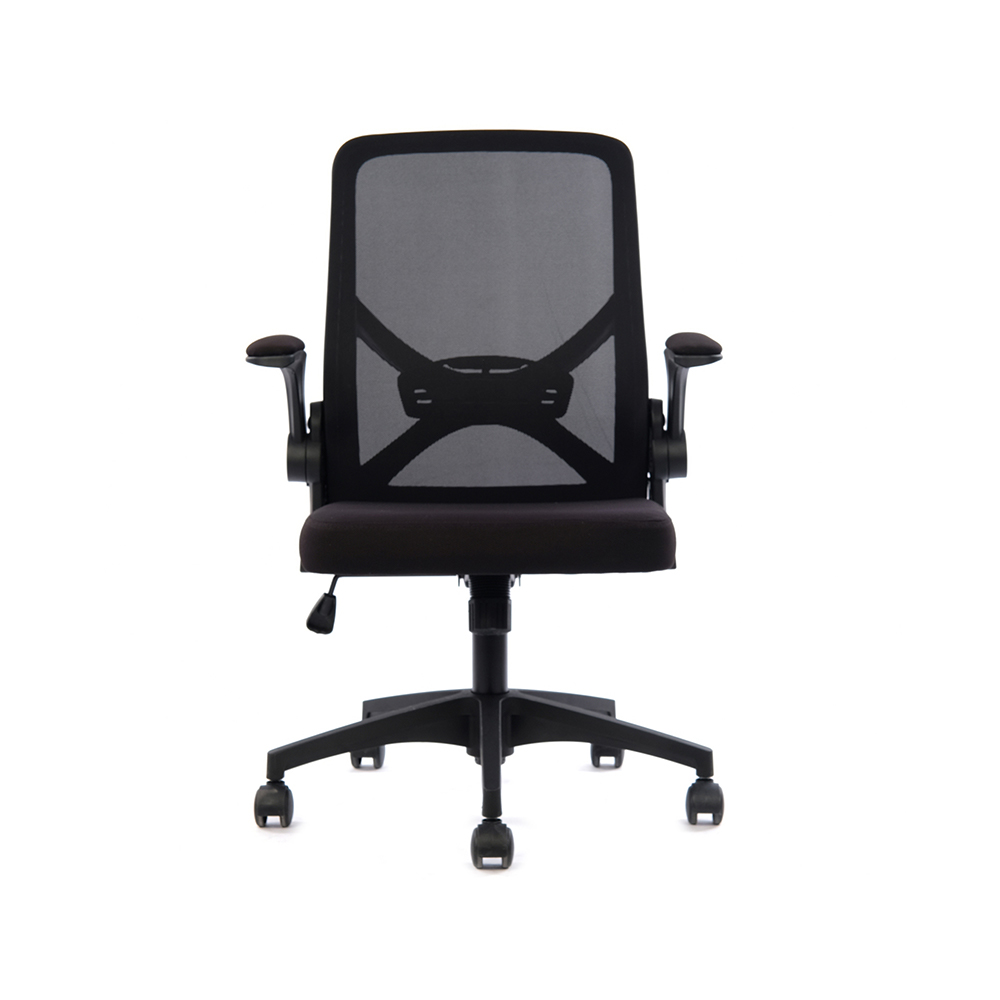
Bringing It All Together: The Correct Sitting Posture
Once you’ve made all these individual adjustments, it’s time to put them to work. The ideal seated posture follows the 90-90-90 rule:
- Ankles: 90-degree angle, feet flat on the floor or on a footrest.
- Knees: 90-degree angle, with space behind the knees.
- Hips: 90-degree angle, sitting back in the chair to use the full backrest.
- Elbows: 90-110 degree angle, resting lightly on armrests, with shoulders relaxed.
- Eyes: Gazing at the top third of your monitor, which should be about an arm’s length away.
Remember, the best posture is your next one. Even in a perfectly adjusted chair, make a conscious effort to shift your position, stand up, and move around for a minute or two every 30 minutes.
Your Checklist for a Smart Purchase
When you are ready to choose a new chair, keep this checklist in mind. Look for a chair that offers:
- Seat height adjustment (pneumatic lever)
- Adjustable lumbar support (height and depth)
- Adjustable armrests (at minimum, height)
- Seat depth adjustment
- Backrest tilt with tension control
- Breathable, high-quality material (mesh is excellent for air circulation)
- A stable, five-point base with smooth-rolling casters suitable for your floor type.
Investing in a fully adjustable office chair is an investment in your long-term health, comfort, and productivity. By taking the time to understand and utilize these features, you can create a personalized support system that actively works to keep you pain-free and focused, one workday at a time.

 English
English عربى
عربى Español
Español 中文简体
中文简体
